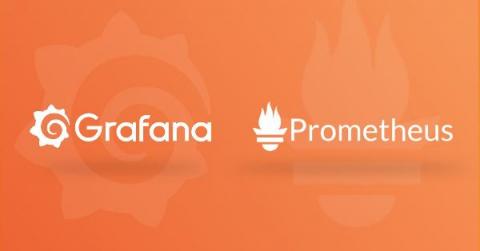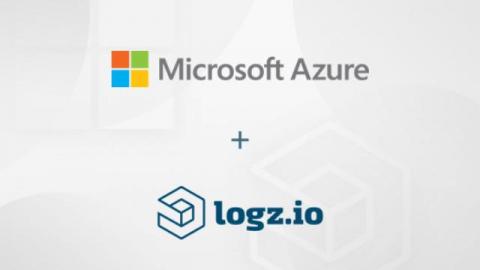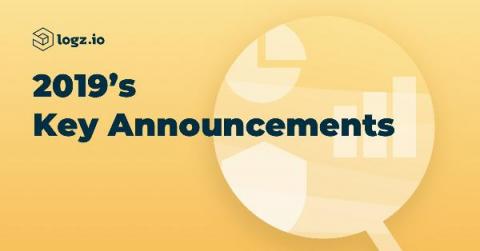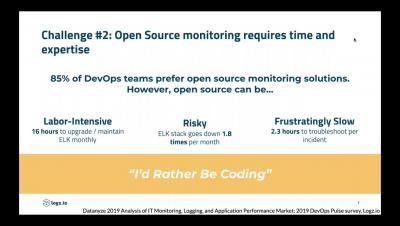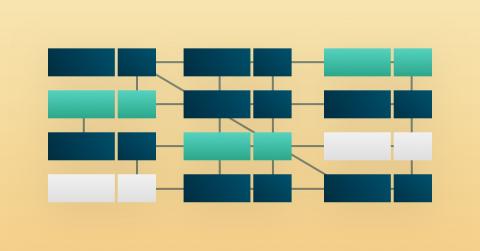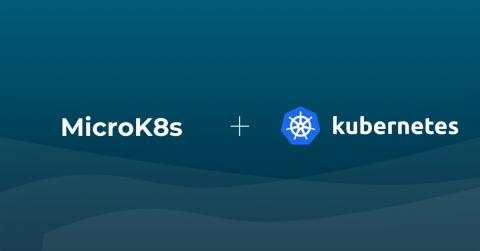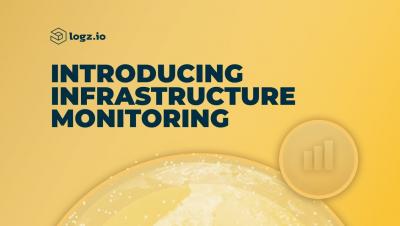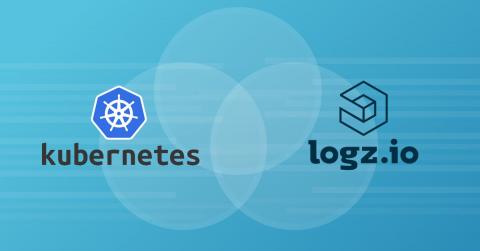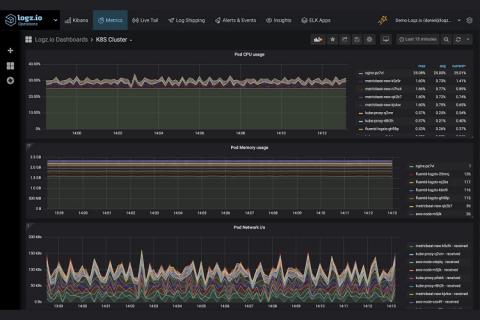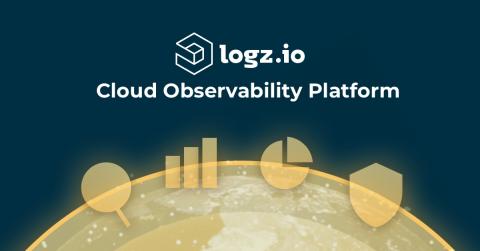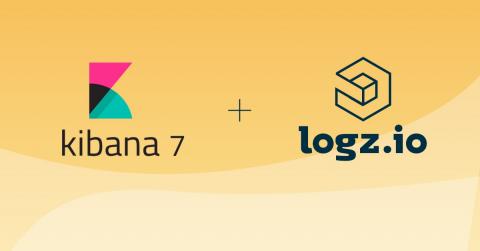How to Monitor Cloud Migration and Data Transfer
Cloud migration is more than just a buzzword. According to several reports released at the beginning of 2019, almost 70% of enterprise organizations are moving their applications and infrastructure from local, self-managed hardware to one of the big cloud providers. Multiple case studies have been written about companies like Spotify, Dropbox, Gitlab, and Waze, all of which have replaced their core business infrastructures with cloud data centers.



